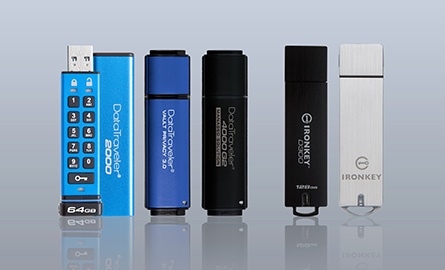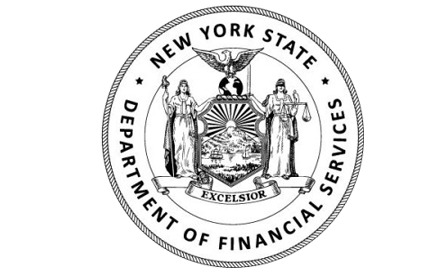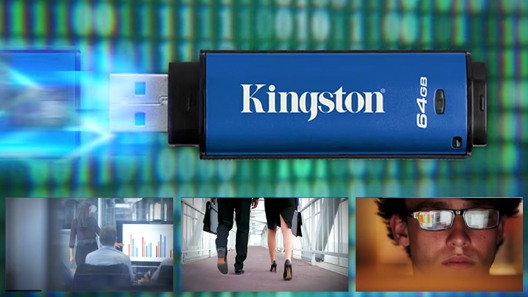Cybersecurity Requirements from the New York State Department Of Financial Services 23 NYCRR 500
CYBERSECURITY REQUIREMENTS FOR FINANCIAL SERVICES COMPANIES
Keep Compliant with Kingston
Manage Threats and Reduce Risks

Available options cover every need from Personal, Corporate to Government.
- 100% Compliant Encrypted USB data storage
- Simple, easy to use, no software or drivers needed
- Designed for quick and efficient deployment










